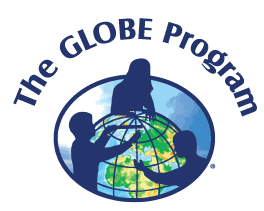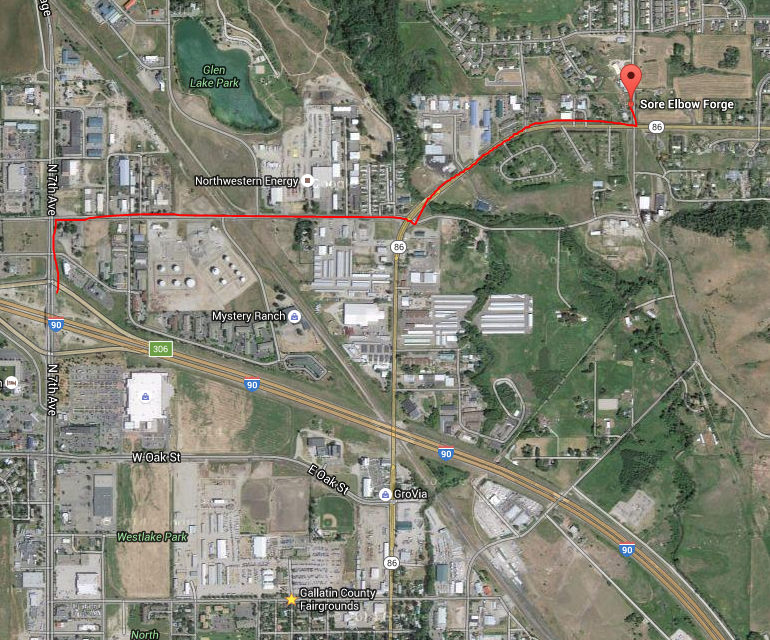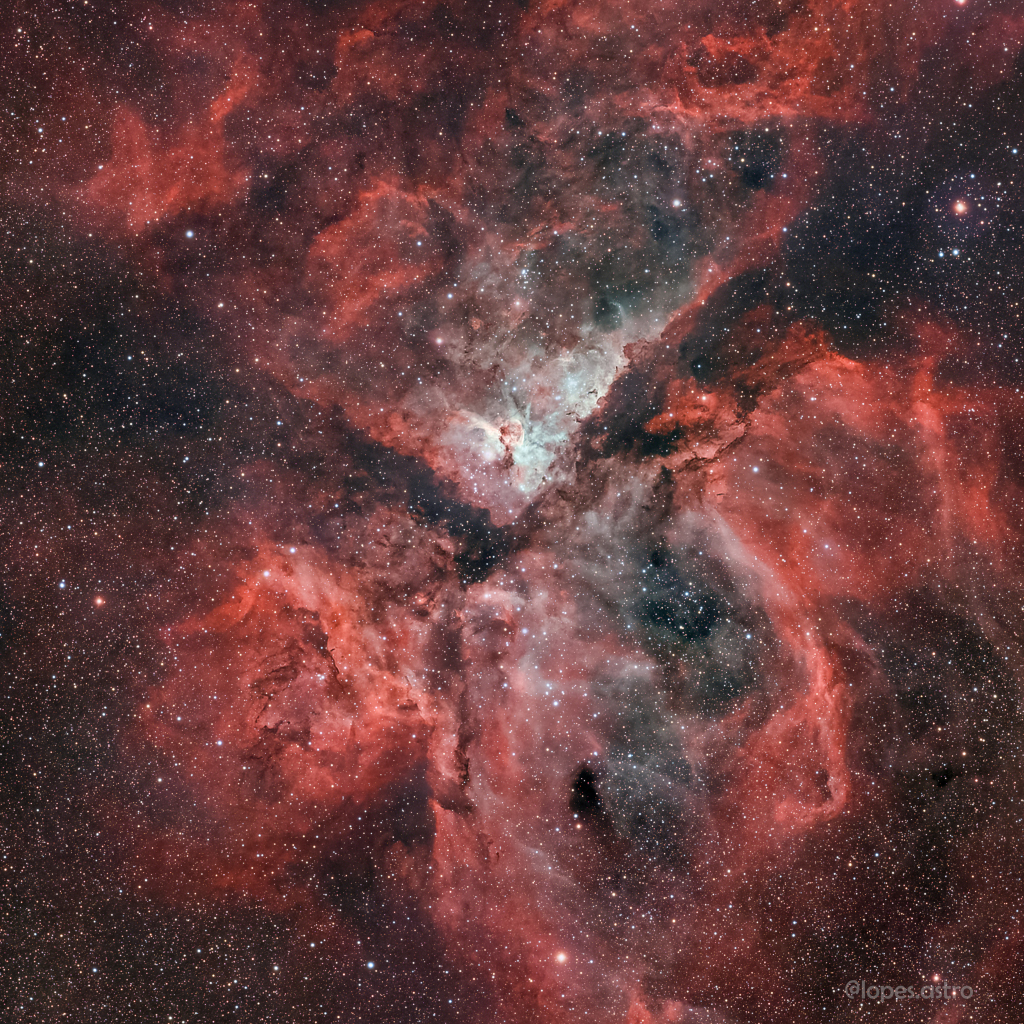Southwest Montana Astronomical Society
Amateur Astronomy Under The Big Sky-
New SMAS and GLOBE Partnership
Posted on August 7th, 2016 No comments SMAS is excited to announce that we are now the 4th GLOBE Partner in Montana, the University of Montana, Salish Kootenai College, and Stone Child College are the other three Partners. The Global Learning and Observations to Benefit the Environment (GLOBE) Program is an international science and education program that provides students and the public worldwide with the opportunity to participate in data collection and the scientific process, and contribute meaningfully to our understanding of the Earth system and global environment.
SMAS is excited to announce that we are now the 4th GLOBE Partner in Montana, the University of Montana, Salish Kootenai College, and Stone Child College are the other three Partners. The Global Learning and Observations to Benefit the Environment (GLOBE) Program is an international science and education program that provides students and the public worldwide with the opportunity to participate in data collection and the scientific process, and contribute meaningfully to our understanding of the Earth system and global environment.GLOBE provides grade level-appropriate, interdisciplinary activities and investigations about the atmosphere, biosphere, hydrosphere, and soil/pedosphere, which have been developed by the scientific community and validated by teachers. GLOBE connects students, teachers, scientists, and citizens from different parts of the world to conduct real, hands-on science about their local environment and put in a global perspective.
GLOBE is jointly sponsored by NASA and the National Science Foundation (NSF), with support from the National Oceanic and Atmospheric Administration (NOAA) and Department of State.
GLOBE Partners promote GLOBE to schools and the public in their area, train teachers and citizens on GLOBE protocols, and encourage GLOBE schools. A SMAS member is one of the seven Montana GLOBE Trainers.
Data is collected in different GLOBE Field Measurement Campaigns or through the collection of “ground truth” measurements by GLOBE students of NASA Earth Observing Satellite missions. These measurements contribute to satellite mission calibration and validation programs, such as NASA’s Soil Moisture Active Passive Mission (SMAP). SMAP measures soil moisture from space and has applications in science, agriculture, and environmental management, each of them vital to Earth’s health and sustainability. From understanding the processes that link the water, carbon, and energy cycles to improving weather and climate prediction models, SMAP will advance environmental knowledge. The Bridger Program at Bozeman High School participated in the SMAP campaign with the help of a SMAS member.
Interested in more information about GLOBE, visit the GLOBE website or contact us
-
Weather Ready Nation
Posted on June 1st, 2016 No commentsSMAS is now a Weather Ready Nation (WRN) Ambassador through the National Oceanic and Atmosphere Administration (NOAA).
As amateur astronomers, we are constantly looking at the weather in hopes of going out to observe objects in the sky. Summer means vacation, outdoor activities, and fun in the sun! It’s a time when families hit the road to visit national parks or distant relatives. The warm months and long days mean that there is plenty of time for baseball games and barbecues. The sultry temperatures practically invite you to take a dip in the pool or lake.
But don’t let the sunny days and warm nights fool you. Summer also holds significant weather and water hazards. Heat waves can be lengthy and deadly. Lightning deaths are at their peak during the summer.
We’d like to remind you to be safe out there this summer, and contact us if you need more information.
-
March SMAS club meeting
Posted on March 16th, 2016 No comments Join us on Friday March 25th starting at 7:00 p.m. for the next SMAS club meeting. We are now meeting at the Sore Elbow Forge. Planned talk will be by one of our members as we discuss Astrophotography. Hope to see you there.
Join us on Friday March 25th starting at 7:00 p.m. for the next SMAS club meeting. We are now meeting at the Sore Elbow Forge. Planned talk will be by one of our members as we discuss Astrophotography. Hope to see you there. -
February SMAS club meeting
Posted on February 23rd, 2016 No commentsJoin us at our new location on Friday February 26th starting at 7:00. NEW LOCATION: Sore Elbow Forge – see below for directions.
Topics: Gravitational Waves, Solar Eclipses (March 8/9 in Indonesia and Aug 2017 in the US), March Lunar Eclipse, May 9th Mercury transit. Plus we will make plans for a Messier Marathon to hone our skills.
Free and open to the public.
-
New SMAS meeting site
Posted on February 10th, 2016 No commentsSMAS has found a home. We will be meeting at the Sore Elbow Forge, owned by one of our SMAS members. Located at 955 Story Mill Road, see the map, it is on Story Mill Road at the corner at Bridger Canyon Drive/hwy 86.
Just 2 miles off of Main Street – head north on Rouse Ave and follow till you reach Story Mill (Rouse turns into Bridger Canyon Road).
For our guests and members who are coming from outside of Bozeman, from the freeway take the North 7th Ave exit, go north. At the light on Griffin Drive head east. at the light on hwy 86/Bridger Canyon Drive head north a half mile to Story Mill Road. Turn north on Story Mill Road, the Sore Elbow Forge is the first business on the left. Click on the picture for a larger view.
-
January 2016 SMAS club meeting
Posted on January 27th, 2016 No commentsJoin SMAS on Friday January 29, 2016 at 7:00 p.m. in the small meeting room at the Bozeman Public Library (626 E. Main Street). We’ll listen to Our Star the Sun, where we’ll learn about some of the current Solar missions, how to safely observe the sun, the aurora and much more. We’ll look at websites for that observers can use to keep updated on everything solar.
Free and open to the public.
-
How will we finally image the event horizon of a black hole?
Posted on December 11th, 2015 No commentsOne hundred years ago, Albert Einstein first put forth his theory of General Relativity, which laid out the relationship between spacetime and the matter and energy present within it. While it successfully recovered Newtonian gravity and predicted the additional precession of Mercury’s orbit, the only exact solution that Einstein himself discovered was the trivial one: that for completely empty space. Less than two months after releasing his theory, however, the German scientist Karl Schwarzschild provided a true exact solution, that of a massive, infinitely dense object, a black hole.
One of the curious things that popped out of Schwarzschild’s solution was the existence of an event horizon, or a region of space that was so severely curved that nothing, not even light, could escape from it. The size of this event horizon would be directly proportional to the mass of the black hole. A black hole the mass of Earth would have an event horizon less than a centimeter in radius; a black hole the mass of the sun would have an event horizon just a few kilometers in radius; and a supermassive black hole would have an event horizon the size of a planetary orbit.
Our galaxy has since been discovered to house a black hole about four million solar masses in size, with an event horizon about 23.6 million kilometers across, or about 40 percent the size of Mercury’s orbit around the sun. At a distance of 26,000 light years, it’s the largest event horizon in angular size visible from Earth, but at just 19 micro-arc-seconds, it would take a telescope the size of Earth to resolve it – a practical impossibility.
But all hope isn’t lost! If instead of a single telescope, we built an array of telescopes located all over Earth, we could simultaneously image the galactic center, and use the technique of VLBI (very long-baseline interferometry) to resolve the black hole’s event horizon. The array would only have the light-gathering power of the individual telescopes, meaning the black hole (in the radio) will appear very faint, but they can obtain the resolution of a telescope that’s the distance between the farthest telescopes in the array! The planned Event Horizon Telescope, spanning four different continents (including Antarctica), should be able to resolve under 10 micro-arc-seconds, imaging a black hole directly for the first time and answering the question of whether or not they truly contain an event horizon. What began as a mere mathematical solution is now just a few years away from being observed and known for certain!
—–
Article by Ethan Siegel. Image credit: NASA/CXC/Amherst College/D.Haggard et al., of the galactic center in X-rays. Sagittarius A* is the supermassive black hole at our Milky Way’s center, which normally emits X-ray light of a particular brightness. However, 2013 saw a flare increase its luminosity by a factor of many hundreds, as the black hole devoured matter. The event horizon has yet to be revealed.
-
2016 SMAS Board of Directors
Posted on December 7th, 2015 No commentsI’d like to thank everyone who came out to the SMAS winter 2015 meeting. We held our elections then had a great time socializing with all the great food everyone brought in. A great big Thank You to all the SMAS Executive Board members who have done a great job over the past year. A list of SMAS current board members can be found here.
-
SMAS Winter meeting 2015
Posted on November 12th, 2015 No commentsWe a rapidly closing out 2015. Our November and December club meetings are combined and we will meet the first Friday in December for our club potluck and elections at the Bozeman Public Library small meeting room.
At our October club meeting it was unanimously voted on to keep the same board members. Of course it is an open election. If anyone would also like to throw their name in for a spot on the board please let us know prior to 11/25/15 so we can let the members know. An email will be going out to club members with specific information on the potluck.
-
SMAS October 2015 meeting
Posted on October 26th, 2015 No commentsJoin us on Friday October 30, 2015 starting at 7:00 p.m. at Bozeman Firestation #3, located at the regional park off of Davis.
We have several items on our agenda including discussion of Near Earth Objects (NEO) such as “Spooky.”
“The big asteroid that will zoom past Earth on Halloween may actually be a comet, NASA researchers say.
The roughly 1,300-foot-wide (400 meters) asteroid 2015 TB145, which some astronomers have dubbed “Spooky,” will cruise within 300,000 miles (480,000 kilometers) of Earth on Halloween (Oct. 31) — just 1.3 times the average distance between our planet and the moon.
Though 2015 TB145 poses no threat on this pass, the flyby will mark the closest encounter with such a big space rock until August 2027, when the 2,600-foot-wide (800 m) 1999 AN10 comes within 1 Earth-moon distance (about 238,000 miles, or 385,000 km), NASA officials said.
Astronomers plan to beam radio waves at 2015 TB145 on Halloween using a 110-foot-wide (34 m) antenna at NASA’s Deep Space Network facility in Goldstone, California, then collect the reflected signals with the GreenBank
 Telescope in West Virginia and Puerto Rico’s Arecibo Observatory.
Telescope in West Virginia and Puerto Rico’s Arecibo Observatory.Such work
 should reveal key details about the space rock’s size, shape, surface features and other characteristics — including, perhaps, its true identity.
should reveal key details about the space rock’s size, shape, surface features and other characteristics — including, perhaps, its true identity.“The asteroid’s orbit is very oblong with a high inclination to below the plane of the solar system
 ,” Lance Benner, of NASA’s Jet Propulsion Laboratory in Pasadena, California.
,” Lance Benner, of NASA’s Jet Propulsion Laboratory in Pasadena, California.“Such a unique orbit, along with its high encounter velocity
 — about 35 kilometers or 22 miles per second — raises the question of whether it may be some type of comet,” added Benner, who leads NASA’s asteroid radar research program. “If so, then this would be the first time that the Goldstone radar has imaged a comet from such a close distance.”
— about 35 kilometers or 22 miles per second — raises the question of whether it may be some type of comet,” added Benner, who leads NASA’s asteroid radar research program. “If so, then this would be the first time that the Goldstone radar has imaged a comet from such a close distance.”Asteroid 2015 TB145 will be too faint to spot on Halloween with the naked eye, but anyone who’s interested can get a look at the object online
 , thanks to live telescope views provided by the Slooh Community Observatory and the Virtual Telescope Project.
, thanks to live telescope views provided by the Slooh Community Observatory and the Virtual Telescope Project.The Virtual Telescope Project will air a webcast at 8 p.m. EDT on Oct. 30 (0000 GMT on Oct. 31), while Slooh’s broadcast begins at 1 p.m. EDT (1700 GMT) on Oct. 31.” http://www.space.com/30902-spooky-halloween-asteroid-may-be-comet.html







